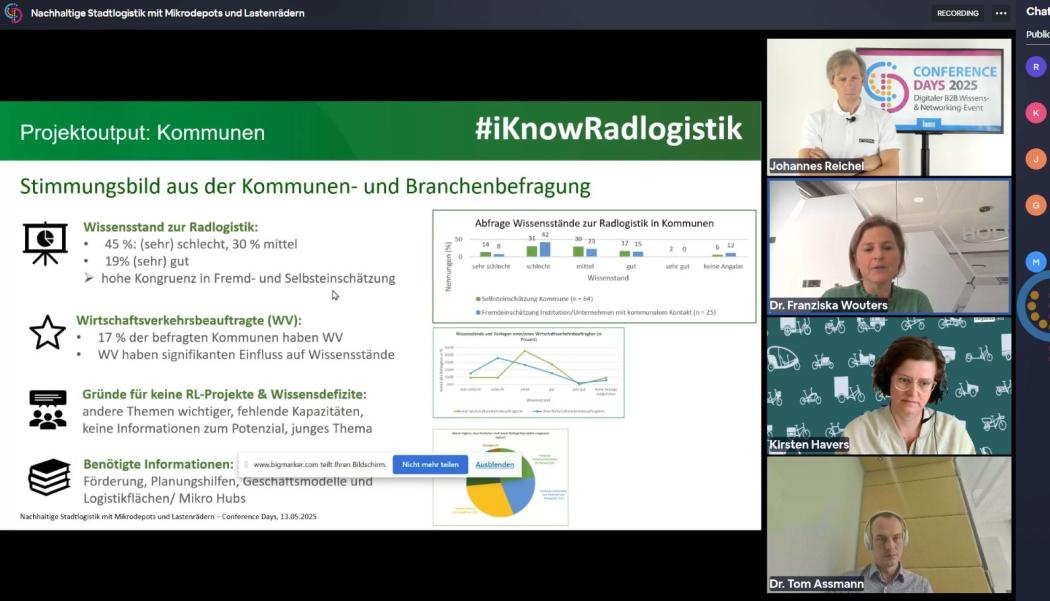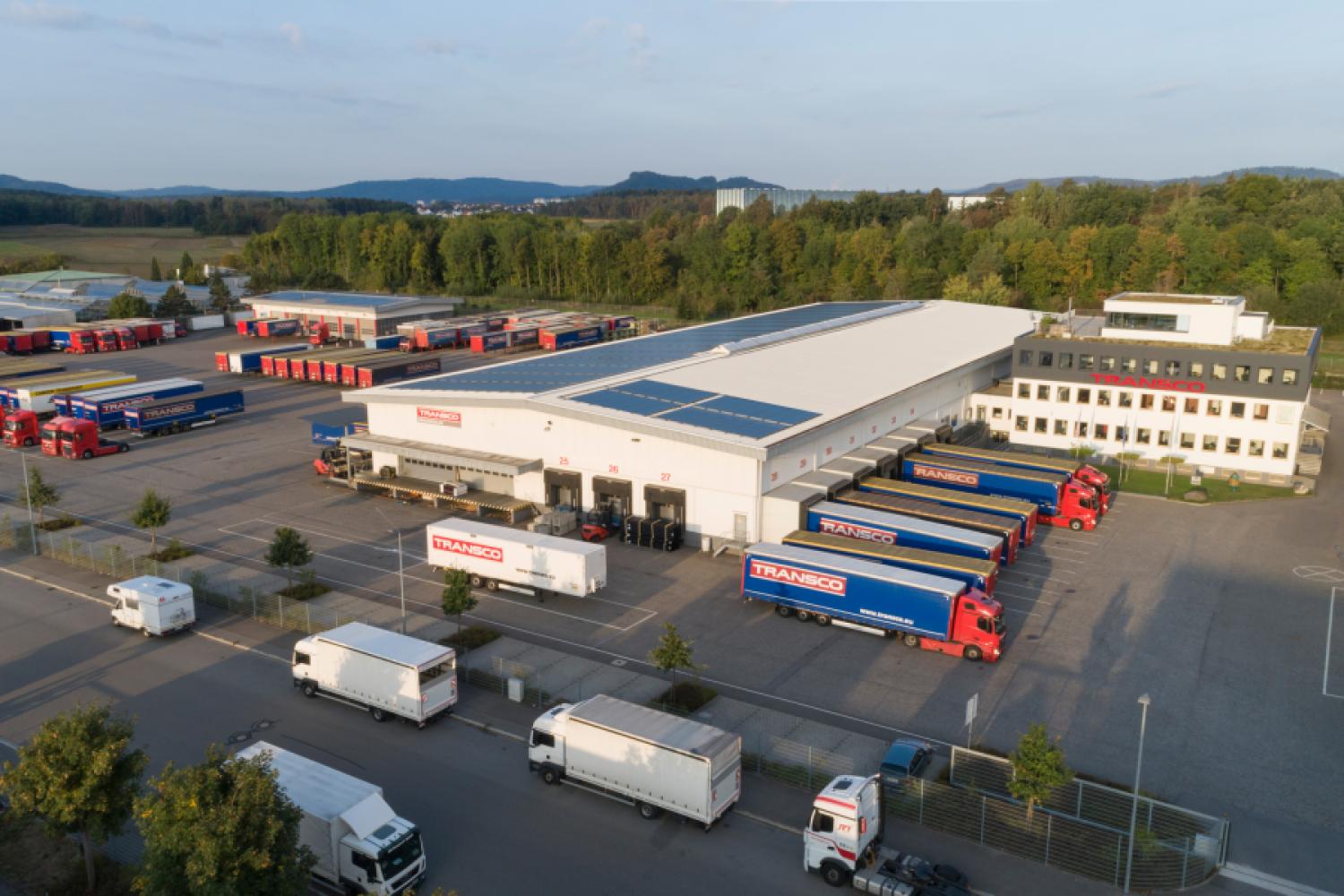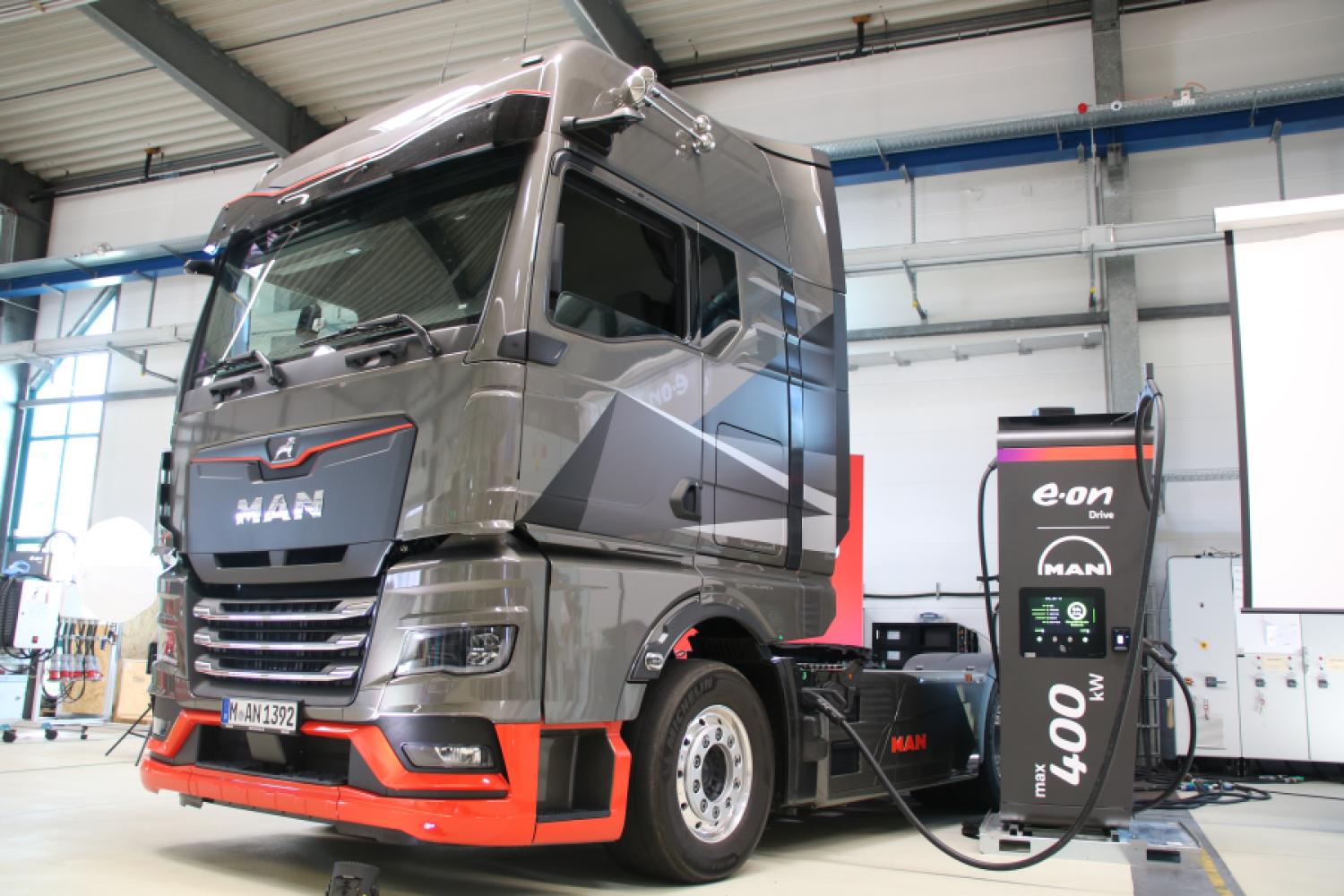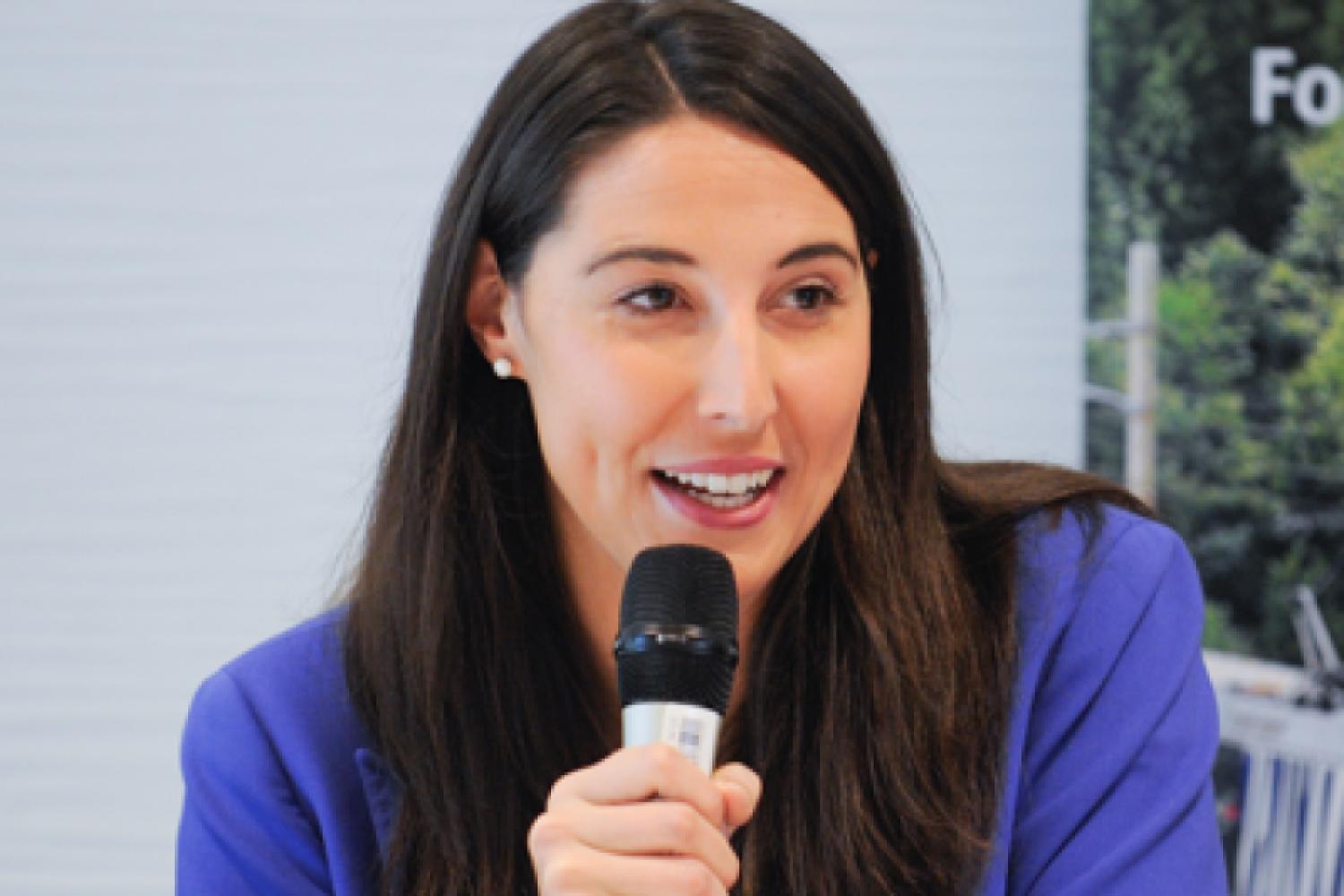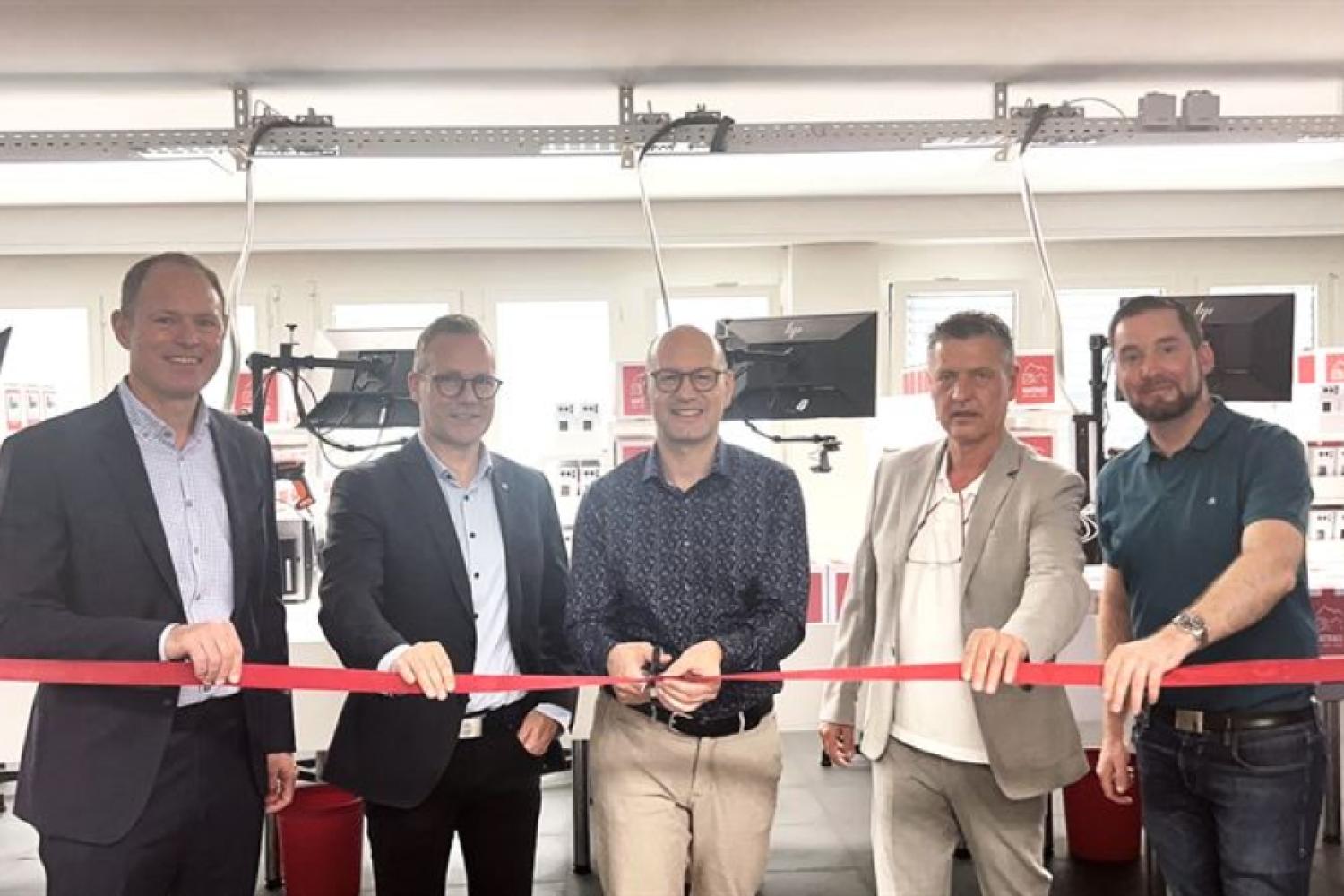The bike logistics industry looks to the near and medium future with optimism: The advantages of the rediscovered mode of transport are too compelling, and the necessity to make urban delivery and commercial traffic more sustainable is too urgent, both for climate protection reasons and for relieving traffic congestion, all amid a continuing boom in online commerce with rising shipment volumes. The cargo bike could be a key element here, with experts believing it could replace up to 51 percent of motorized trips in urban areas, with session participants estimating at least 20 percent.
Industry representatives like Tom Assmann, Chairman of the German Bike Logistics Association (RLVD) and logistics scientist at the Otto-von-Guericke University in Magdeburg, as well as Kirsten Havers, project manager for commercial traffic and authorized officer at the Berlin traffic transformation agency cargobike.jetzt, see themselves on a solid path to gradually reestablish the so-called "Commercial Bikes" in the urban landscape, much like in the early 20th century. This observation is shared by Franziska Wouters, Senior Project Manager of Innovation and Network Management at the House of Logistics and Mobility (HOLM), who sees HOLM as a neutral platform for exchange, playing an important role in mediation but also supporting relevant cargo bike start-ups.
She points out that 30 percent of city traffic is attributable to commercial traffic, hinting at the potential for climate protection that cargo bikes could fulfill. She notes that 1.5 bikes can replace a transporter, and importantly: One-third of logisticians save time with the bikes, as revealed by a recent survey of companies involved in the Munich Radlogistikhub pilot project—and time is known to be money. Wouters sees a "renaissance of bike logistics" on the horizon in the medium term.
A breakthrough on a broad scale will take time
However, the broad-scale breakthrough for bikes is taking some time, as the hurdles
are high and the system is oriented towards car traffic, making conditions for bikes unfair, as noted by a participant in the "Sustainable Urban Logistics with Micro-Depots and Cargo Bikes" session under the aegis of the professional journal LOGISTRA at the Conference Days 2025. Moreover, the new government is not particularly focused on bike traffic, as Johannes Reichel, moderator and department head for Testing + Technology at LOGISTRA, highlighted: The bike (and foot) traffic is mentioned only once in the coalition agreement. "We want to further increase the share of bicycle traffic as an environmentally friendly mobility alternative," it states, noting the use of the auxiliary verb "want," not "will," as is used for other topics in the agreement.
High attendance on the Atlas of Bike Logistics
At least, with the recently presented Atlas of Bike Logistics by the involved partners RLVD, HOLM, and cargobike.jetzt, funded by the Ministry of Transport under the #iKnowRadlogistik project, there is a data basis on which politics could build. The access numbers since its launch in April are very promising, indicating great interest: There are 3,500 individual visitors on average per month, 14,000 visits, and repeat rates of 3.86 per visitor, some with long durations on the clear online portal, whose highlight is an interactive map of Germany featuring actors in the bike logistics sector, as well as retailers and manufacturers. The aim was to represent the "ecosystem of bike logistics," a "knowledge map," as there is generally a poor level of knowledge on the subject, Wouters noted. In some municipalities, there are, at least, economic traffic officers, but often the budget or the personnel or both are missing, according to findings from surveys conducted as part of the Atlas. Her appeal: Municipalities need the knowledge and impulses of bike logistics. It is important to use all options for exchange and
networking, such as "round tables."
Experience outweighs theory
Kirsten Havers also underscored the importance of local exchange, which the agency promotes with its "Cargobike Roadshow", conducted twice a year with twelve test bikes across the country. As "experience outweighs theory," the possibilities offered by bikes in commercial use must best be experienced firsthand, says Havers. She notes increasing openness in municipalities but also many problems, mainly due to the current economic situation, that hinder conversion.
Bike pioneers are found not only in metropolises
Tom Assmann also noted that, particularly in rural areas, there are participants in bike logistics, not just in metropolises, leading the way as pioneers overcoming resistance. The logistics scientist presented the "status quo" of bike logistics in Germany, with the Atlas recording 420 entries in the sector, including 110 operational companies, 100 service providers, 80 providers of logistical infrastructure, and 120 hardware providers, meaning manufacturers and workshops. The Atlas contains 20 good practice examples. Assmann sees bike logistics as "established across Germany in various forms," the supply industry widely distributed but, of course, still small in relation to other sectors like the automotive industry. Accordingly, the technology lags behind as well, whereas automobiles have been industrialized and perfected for more than 100 years.
After the hype, a decline—and steadier growth
After a brief hype surrounding bike logistics and an abrupt decline, Assmann currently sees the industry in healthy and continuous growth. The question is how to support this growth. To this end, Assmann and the project participants have developed a "white paper," a SWOT analysis of the strengths, weaknesses, opportunities, and risks of bike logistics, and formulated three strategies, which aim to:
- Enhance the competitiveness of bike logistics: Technology, business fields, digitization of processes, and training and education of personnel
- Utilize political goals: Bike logistics for better health, more sustainable cities, and improved traffic
- safety and calming
- Expand networks and improve perception: Cooperation in municipalities, freight forwarding networks, networks for sustainable traffic
When is a bike a bike? No restriction to 300 kilos
In the current debate over the restrictions proposed by the Bicycle Industry Association on heavy cargo bikes to 300 kilograms and the power to 750 watts, Assmann ultimately argued against such limits. Commercial cargo bikes do not need a speed higher than 25 km/h, but power is crucial, especially in cities like Stuttgart with challenging topographies. Moreover, a 300-kilogram restriction misses the reality and throttles the innovation possibilities of cargo bikes. As long as it is pedaled, it is legally a bicycle, Assmann believes, but he also advocates for a separate definition of heavy commercial bikes that are distinctly different from privately used cargo bikes. He pointed to the ongoing negotiations at the European level for the CEN standard (DIN 17860) in this context. "Commercially used cargo bikes with a permissible total weight of over 300 kg—so-called Commercial Cargo Bikes—need reliable and innovation-friendly framework conditions that do justice to their role as economic and ecological game changers," said the RLVD in a statement. Then it might work out with the renaissance of cargo bikes that Franziska Wouters from HOLM proclaimed initially.
Digital Forum for Logistics Decision-Makers
The session occurred within the framework of the Conference Days 2025—a purely digital B2B event by HUSS-VERLAG, conducted for the fifth time from May 12 to 15, 2025, at CONFERENCE-DAYS.de. In 2024, over 1,100 participants already used the online format to learn about current developments in logistics, transport, and commercial vehicle technology in 30 live sessions. Besides knowledge transfer, the platform also offers numerous digital opportunities for networking and exchange between participants and partners.
Further information and the current program of the Conference Days can be found at https://conference-days.de/. Expired sessions are
